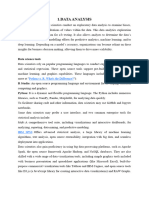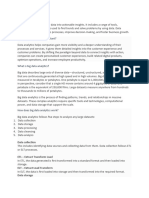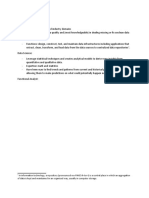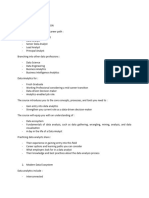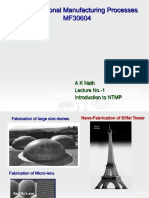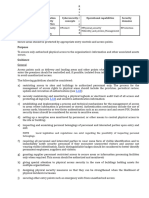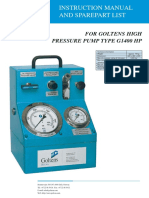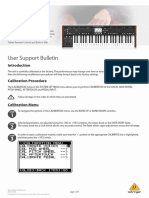0% found this document useful (0 votes)
4 views7 pagesIntroduction To Data Analytics
The document outlines a comprehensive course on the modern data ecosystem, covering topics such as data sources, key players like data engineers and analysts, and the process of data analysis. It highlights the importance of emerging technologies, including generative AI, and discusses the skills and responsibilities required for data analysts. Additionally, it addresses the benefits and limitations of generative AI in data analytics, emphasizing the need for ethical considerations in its implementation.
Uploaded by
yvettevalerielavoieCopyright
© © All Rights Reserved
We take content rights seriously. If you suspect this is your content, claim it here.
Available Formats
Download as PDF, TXT or read online on Scribd
0% found this document useful (0 votes)
4 views7 pagesIntroduction To Data Analytics
The document outlines a comprehensive course on the modern data ecosystem, covering topics such as data sources, key players like data engineers and analysts, and the process of data analysis. It highlights the importance of emerging technologies, including generative AI, and discusses the skills and responsibilities required for data analysts. Additionally, it addresses the benefits and limitations of generative AI in data analytics, emphasizing the need for ethical considerations in its implementation.
Uploaded by
yvettevalerielavoieCopyright
© © All Rights Reserved
We take content rights seriously. If you suspect this is your content, claim it here.
Available Formats
Download as PDF, TXT or read online on Scribd
/ 7

















